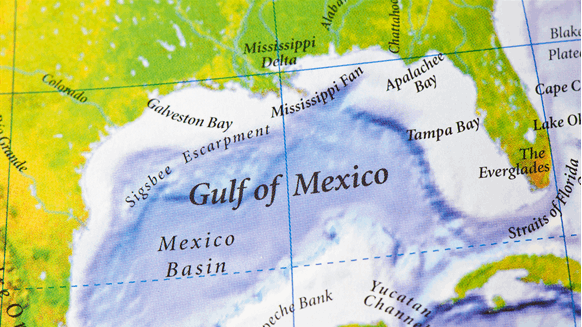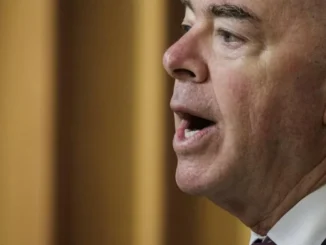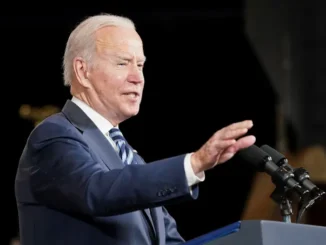
The Biden administration has cut the number of lease sales in the United States outer continental shelf (OCS) from the previously proposed 47 to just three in the final oil and gas leasing program for 2024–29.
The Department of the Interior (DOI) said the reduction is needed to meet offshore wind area sales required by the Inflation Reduction Act (IRA). An IRA provision prioritizing fossil fuels requires that total acres offered in offshore oil and gas lease sales in the year till the issuance of any lease for offshore wind development must reach 60 million acres.
The final program still needs to be reviewed by Congress within 60 days. A five-year oil and gas auction plan is required by Section 18 of the OCS Lands Act.
“The [final] Program schedules three oil and gas lease sales in the Gulf of Mexico Program Area in 2025, 2027 and 2029”, the DOI said in a recent press release. “These three lease sales are the minimum number that will enable the Interior Department’s offshore wind energy program to continue issuing leases in a way that will ensure continued progress towards the Administration’s goal of 30 gigawatts of offshore wind by 2030”.
The official memorandum on the decision noted the department had the option to hold no lease sale at all in the next five years but that such a course would not meet the country’s energy needs. The DOI did decide to hold no auction next year for offshore oil and gas licenses, the first no-lease year since 1966 according to the American Petroleum Institute (API), which opposed the decision.
The decision “could threaten to increase reliance on foreign energy sources”, the lobby group said in a statement.
“Demand for affordable, reliable energy is only growing, yet the administration is choosing to limit future production in a region that plays a critical role in powering our nation and supplies among the lowest carbon-intensive barrels in the world”, said the statement on the API website.
Production on the US Gulf of Mexico alone accounts for 15 percent of national petroleum output and five percent of US dry gas production, according to the country’s Energy Information Administration (EIA).
“Over 47 percent of total U.S. petroleum refining capacity is located along the Gulf coast, as well as 51 percent of total U.S. natural gas processing plant capacity”, the EIA states on its website.
The API went on to cite an industry report that claimed the carbon intensity of oil production in the Gulf of Mexico was 46 percent lower than the international average outside the US and Canada. The report, released May 16, was prepared by the ICF consulting company for the National Ocean Industries Association.
“Constrained production in this basin could be replaced by higher carbon intensity barrels from elsewhere in the world”, said the statement by the API, which counts a membership of about 600 companies.
“This program is a step in the wrong direction for U.S. energy security and will only make it harder to meet growing energy demand over the long-term”, the API added.
Besides slashing the number of leases, the final program requires prospective licensees to employ measures that mitigate project impact on topographic features and pinnacle trends. “Applying these stipulations at the National OCS Program development stage is consistent with current practice and continues the effective protection of these biologically sensitive areas, should areas including these sensitive bottom habitats be offered in the three potential lease sales scheduled in the 2024-2029 Program”, the DOI said in the memorandum of the decision.



